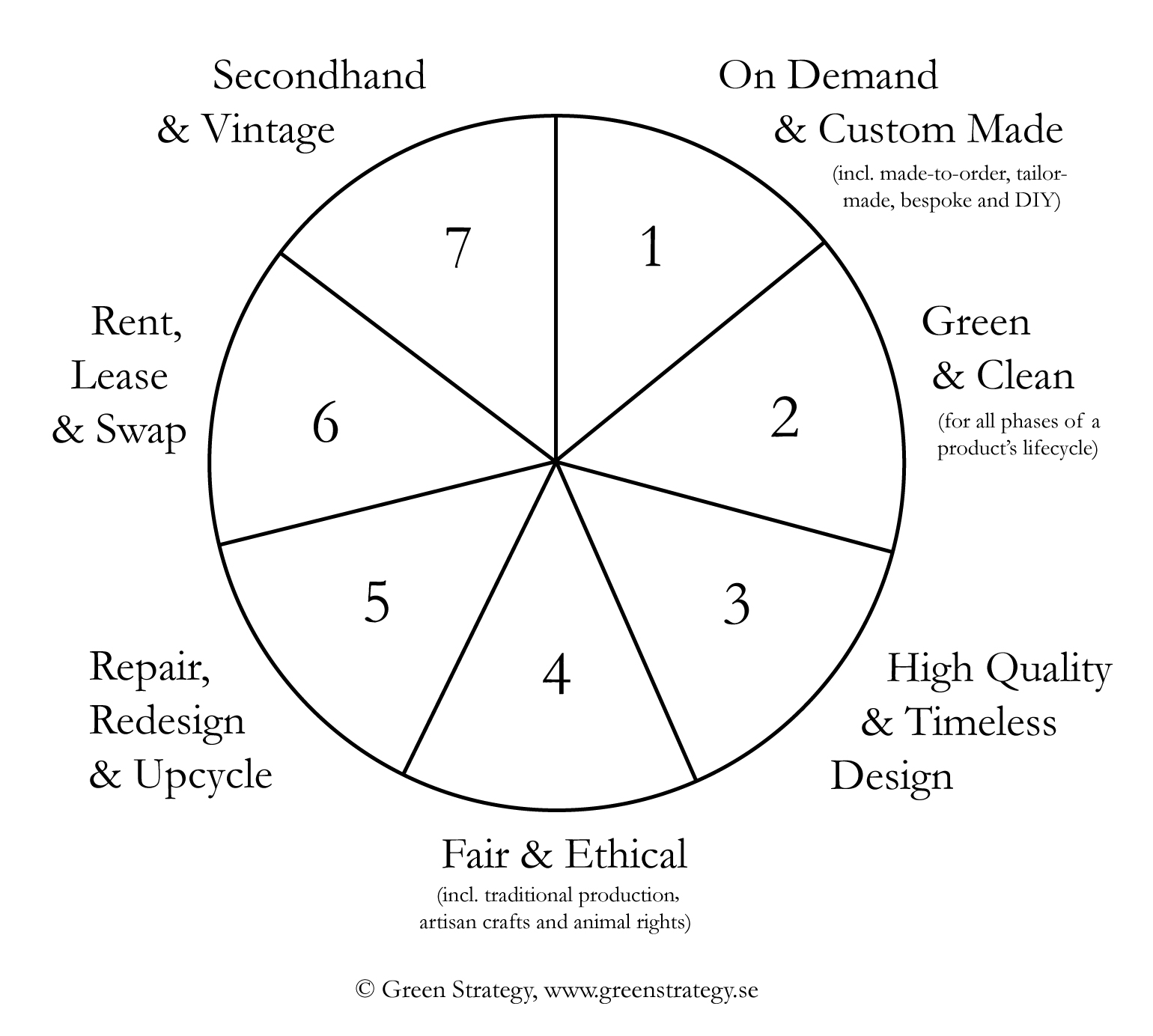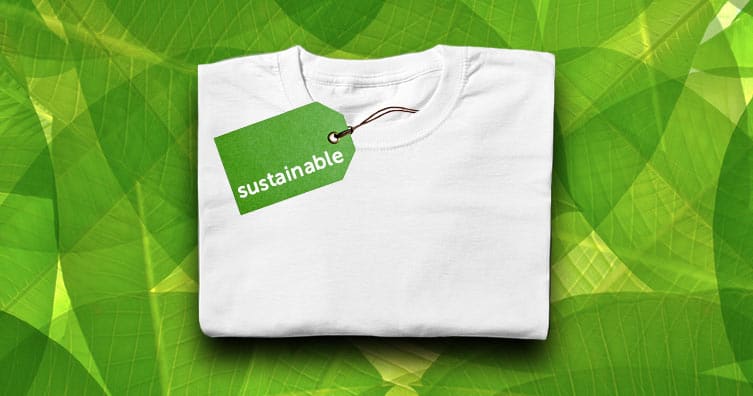Checking out the Rise of Cape Town Sustainable Fashion Brands
Wiki Article
Stay Ahead of the Contour by Discovering Ingenious Style Fads
In a market as vibrant as style, staying ahead includes greater than just complying with existing fads-- it demands an exploration of advancement. Smart fabrics, for instance, are transforming garments into useful work of arts, while 3D printing is revolutionizing design processes with its adjustable, waste-reducing capacities. As sustainability becomes a cornerstone, advancements like eco-friendly materials and circular fashion methods are reshaping environmental obligation - Cape Town Sustainable Fashion. Moreover, the merging of modern technology and style heralds a new era of customer engagement. How, after that, can these arising fads redefine the future of style, and what effects do they hold for brands seeking to flourish in this developing landscape?
Accepting Smart Textiles
Recently, the garment industry has actually witnessed a transformative shift with the combination of clever textiles, an advanced technology that blends technology with material. This advancement stands for not only a fusion of aesthetic appeals and functionality but likewise a substantial jump in the direction of sustainability and personalization in fashion. Smart textiles, likewise called e-textiles, embed sophisticated electronic devices such as sensing units and conductive strings within the material, making it possible for garments to connect with the user or the environment.These fabrics are designed to monitor physiological parameters, such as heart rate or body temperature level, providing real-time health analytics. Past wellness applications, clever fabrics are likewise being used for adaptive clothes, which can change color or pattern in response to ecological stimulations, therefore providing a dynamic fashion experience.
Moreover, the growth of energy-harvesting fabrics that produce power from movement or sunshine is leading the method for self-sufficient wearable technology. This technology is interesting ecologically conscious customers and developers aiming to reduce the eco-friendly footprint of fashion. As r & d in this field breakthrough, wise textiles are anticipated to end up being increasingly prevalent, reshaping the landscape of modern-day fashion with their multifunctional capabilities.
The Surge of 3D Printing
Transforming the manufacturing landscape, 3D printing has actually arised as a game-changer in the fashion business. This innovative technology has actually allowed developers to push the borders of imagination, generating elaborate and tailored garments that were previously unbelievable. By leveraging digital layout and additive manufacturing, 3D printing promotes the creation of complicated geometries and patterns, allowing designers to trying out new structures and frameworks.A noteworthy benefit of 3D printing in vogue is its capability to generate on-demand, minimizing waste and minimizing supply needs. This effectiveness not just maximizes production processes however also permits quick prototyping, allowing developers to bring their visions to life in a much shorter timeframe. Moreover, 3D printing sustains modification to a level unrivaled by typical approaches, supplying customized fits and special layouts tailored to individual consumer preferences.
The increase of 3D printing has likewise democratized fashion, making it available to emerging designers who can now fabricate premium items without considerable monetary investment in standard manufacturing framework. As innovation remains to development, the garment industry is poised to harness the full possibility of 3D printing, discovering brand-new materials and techniques that will unquestionably redefine exactly how fashion is developed and generated.
Sustainable Fashion Innovations
As the style market faces the pressing need for ecological obligation, sustainable style technologies have emerged at the forefront of transformative modification. The growing recognition of environmental impact has actually sustained a shift in the direction of more eco-conscious practices and products. Designers and brand names are currently prioritizing sustainability, including techniques that minimize waste and lower carbon footprints.One substantial advancement is the rise of round fashion, which highlights recycling and upcycling to extend the lifecycle of garments. This technique not only minimizes waste but additionally encourages customers to adopt a much more mindful technique to clothing usage. In addition, using lasting materials, Get the facts such as natural cotton, hemp, and recycled polyester, has actually gotten grip. These products need much less water and energy during manufacturing, significantly decreasing environmental effect.
An additional breakthrough hinges on the adoption of ingenious dyeing strategies that make use of waterless processes or natural dyes, thus minimizing the substantial quantities of water and chemicals traditionally used in textile dyeing. Additionally, developments in biotechnology have caused the development of lab-grown natural leather and materials, using cruelty-free and eco-friendly options to traditional products. Via these introducing initiatives, the style industry is making meaningful strides towards a more sustainable future.

Tech-Integrated Clothing
Tech-integrated apparel represents a cutting-edge blend of fashion and technology, improving exactly how individuals interact with their garments. This link ingenious domain is noted by the inclusion of wise textiles and ingrained electronic components, boosting both performance and aesthetic allure. From physical fitness trackers embedded in sports apparel to heated jackets regulated by means of smartphone applications, tech-integrated clothing offers customers unprecedented ease and versatility.Pioneering brands are driving this trend, focusing on creating garments that respond to ecological stimuli or user commands. As an example, some garments can try here change color or pattern in response to temperature level changes, while others include biometric sensing units to keep an eye on health and wellness metrics like heart rate or tension levels. The seamless assimilation of modern technology right into textiles also includes ecological sustainability, with initiatives to establish self-cleaning materials or garments that get used to climate condition, hence lessening the requirement for multiple layers.
Moreover, the introduction of wearable technology is not simply restricted to clothes but reaches devices like watches and eyeglasses, further widening the range of tech-integrated fashion. As the sector continues to innovate, the possibility for personalization and personalization in garments grows, supplying customers distinct, tech-enhanced style experiences that cater to their individual requirements and preferences.
Future of Virtual Style
Recently, the future of digital fashion has actually become a transformative pressure within the market, leveraging advancements in electronic technology to redefine just how fashion is produced, experienced, and consumed. By incorporating augmented fact (AR), virtual truth (VR), and 3D style devices, designers can currently craft immersive and interactive experiences that go beyond conventional style boundaries. Online fashion permits the production of garments that exist entirely in electronic environments, using endless possibilities for technology without the limitations of physical manufacturing.This electronic shift not only offers opportunities for innovative expression yet also addresses sustainability issues integral in traditional fashion techniques. Cape Town Sustainable Fashion. By removing the need for physical resources, online style reduces waste and reduces carbon impacts. In addition, the rise of online fashion lines up with the raising consumer demand for tailored and unique experiences, as virtual garments can be personalized and tailored to individual choices with ease

Final Thought
The style sector's future lies in the integration of ingenious modern technologies and sustainable practices. Online style is positioned to redefine customer interactions.In recent years, the fashion market has actually observed a transformative change with the integration of wise textiles, a sophisticated innovation that blends technology with material.As the fashion market grapples with the pushing demand for ecological duty, lasting style innovations have emerged at the forefront of transformative change.In recent years, the future of virtual fashion has emerged as a transformative pressure within the sector, leveraging advancements in digital technology to redefine how style is developed, experienced, and eaten. The surge of digital style lines up with the boosting consumer demand for customized and distinct experiences, as virtual garments can be customized and customized to specific choices with simplicity.
The fashion industry's future lies in the assimilation of cutting-edge modern technologies and sustainable practices.
Report this wiki page